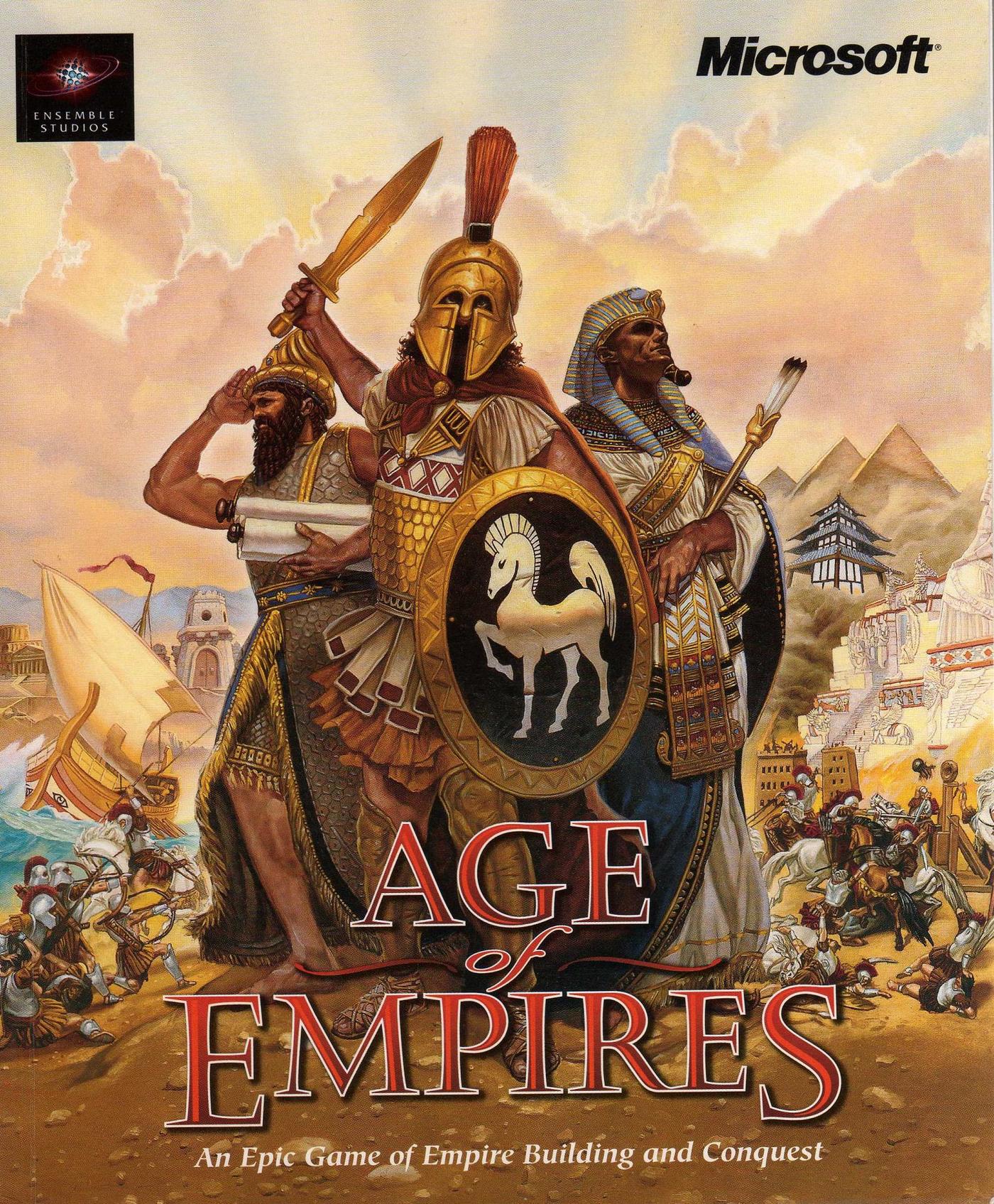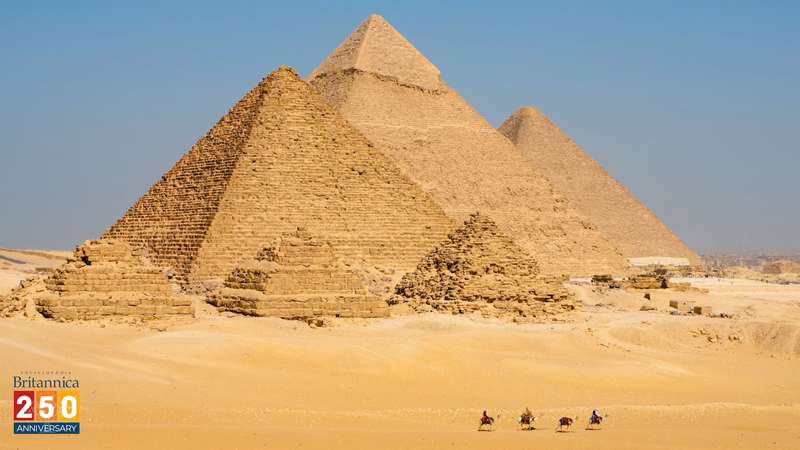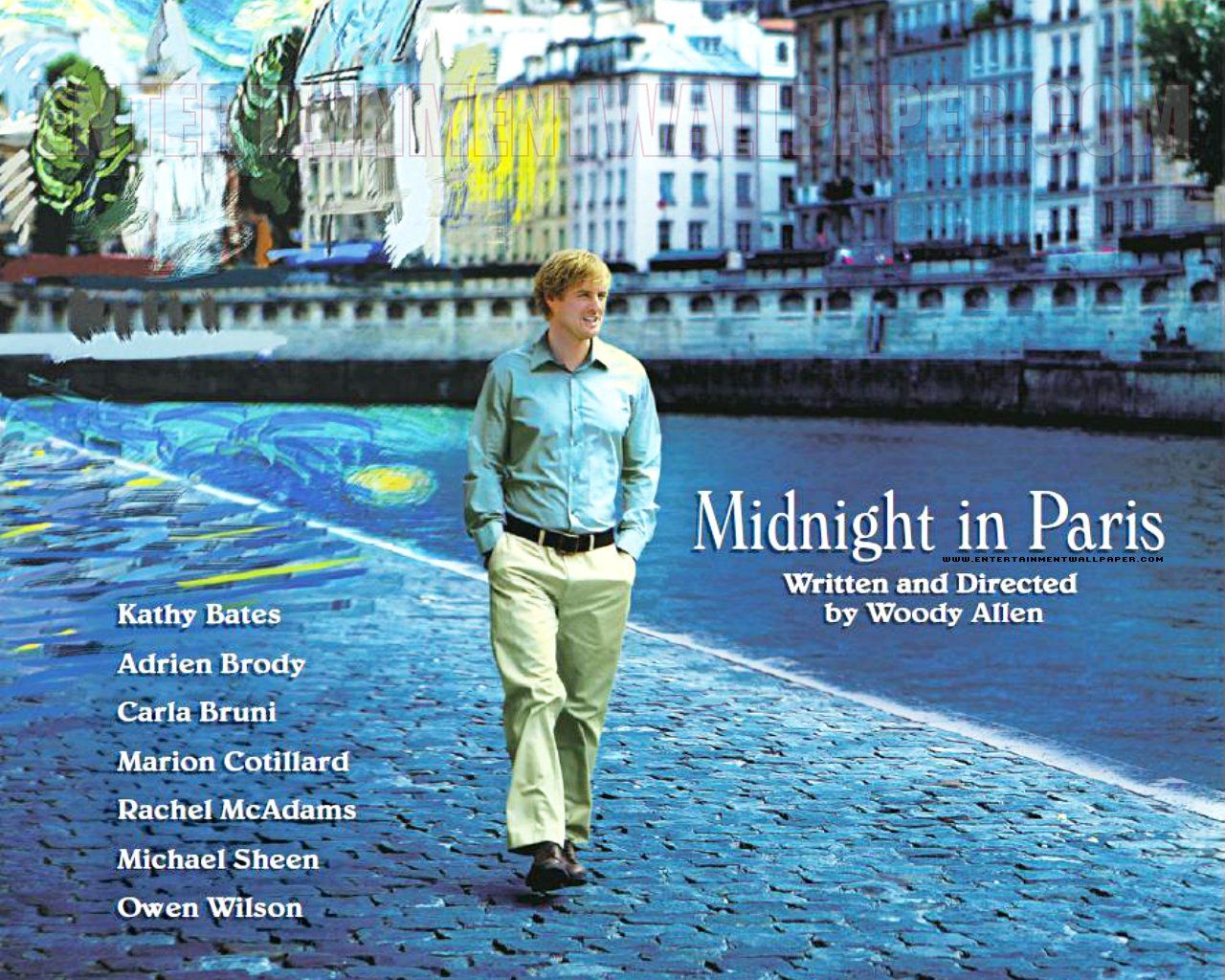Our Expanding Sphere of Knowledge

What would it have been like to live 10,000 years ago?
More than 20 years later and I still remember the sound when a new villager spawned from the town center in Age of Empires I. 10,000 years ago, we probably would have lived in a village by a river, lake, or sea. We would have foraged and hunted for our food to share among our tribe, and may have had crude tools that we used in hunting and cooking. Over time, humans started to form a more agrarian society, so eventually we would have taken up various aspects of farming and agriculture.

Humanity’s growth is incredible. In the span of about 12,000 years we went from basic cavemen foraging and hunting for our food - to interplanetary exploration and the ability to instantaneously transmit information across a vast network of cables and satellites.
When did it become impossible to understand how the world worked? Easier said than done, but we can intuitively grasp the fundamentals of life in its early days. Generally speaking, we could all have figured out a way to be productive, through foraging, hunting, or building practices passed down from our families. Even as we became an agrarian society, we could in theory understand how to grow different crops.
As we entered the Bronze era in 3,000 BC, however, things started to become larger than the individual. New developments in metal working, construction, and architecture would have become specialized to the point that we could not fully understand everything. The idea that a society could have planned, organized, and executed on building the pyramids gives a sense of the vast moving pieces at play, and how society’s structure became bigger than our individual understanding.
How was every stone stone mined?
How were the trees chopped down and turned into rollers and rafters?
How did we form each lock, key, and axe?

Even if we tried to build a pyramid in 2020 (nearly 4,500 years later) - complete with the latest construction software, architecture practices, and modern industrial equipment - the details of this individual project cannot reside in one person’s head. Questions like the above could not be answered at a detailed level by a single person.
Fast forward to today in 2020. We can spend a lifetime in a single professional domain, working to become a master of our craft, and still not even be close to understanding all of the details. Just the process of how someone can read this article on the internet combines domains and elements from our combined technology advancements from more than 12,000 years of continued progress and scientific breakthroughs.
It can be overwhelming to think about. Every tiny interaction we have in modern communication - a text message, an email, a phone call - is possible because we have broken down our understanding of the universe into its atomic structure. That one text message relies on atoms being split, electrons storing state, and our assembly of a global communication infrastructure that transmits series of 1’s and 0’s across the sky, sea, and space. And our modern english and writing is the product of thousands of years of human evolution. It’s no wonder that we have a nostalgia and intermittent longing for the simpler times of history.

Since it is impossible to understand everything, it becomes apparent why the experts talk so much about principles, mental models, and systems. We need to have a sense of context in our world’s ever expanding sphere of knowledge.
This article is one of the best explanations I have seen for understanding a subject and its context within society. In the article, Professor Matt Might shows a visual rendition of the circle of world knowledge, and the learning evolution of how we finally make it to the outer area of a subject. With years of research and innovation, one can push the edge of the circle with new discoveries.
I would pose that if we shift this model of a circle to a sphere, we can get another view of where we each personally stand. The circle can be put as one of an infinite layer in the sphere, with each layer representing a different domain. We each have some baseline education, interest, or knowledge of a domain. And our shape within the sphere can expand and change over time with our interests, careers, experiences, and personal growth.

All of us can appreciate each other, because as we look to understand one another, we can expand our shape within this sphere of knowledge. What starts as a small sphere within a larger one, can morph into larger cones pointed in specific directions through continued learning, listening, and life experiences. It also gives an indication of why we are drawn to listen to TED Talks or experts articulate their views or knowledge of a subject. These people have a shape within the sphere that covers a greater volume along a specific direction (or in many directions) and can offer great insight to so many of us hoping to reach those next levels in our personal shape.
None of us could ever understand everything in society. But helping to contextualize our personal shape within the greater sphere of expanding human knowledge allows us to understand the vast amount of innovation and progress throughout human history. The next article here begins to look at this progress through the lens of our society's abstraction layers.




Comments ()